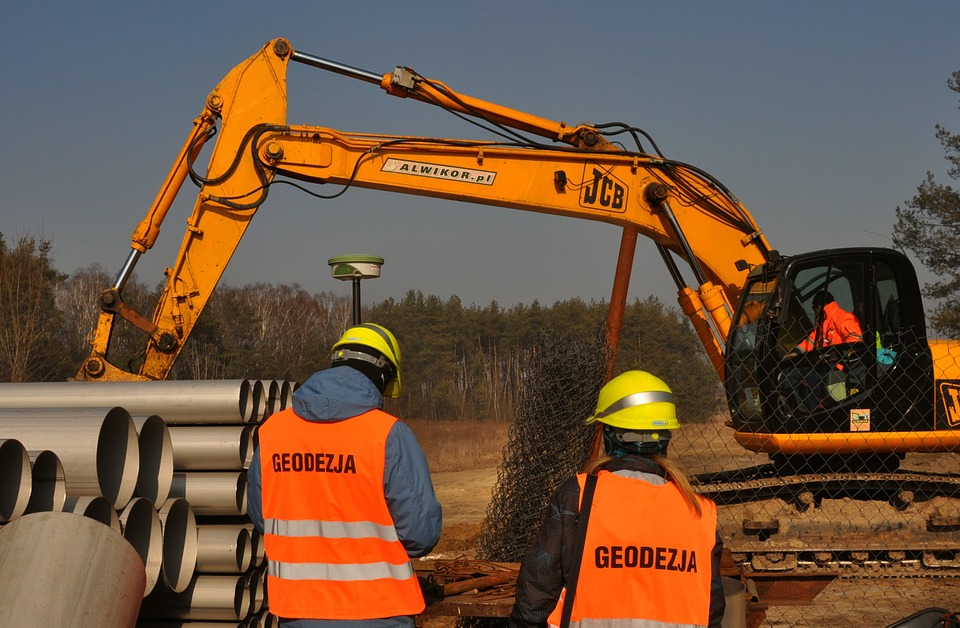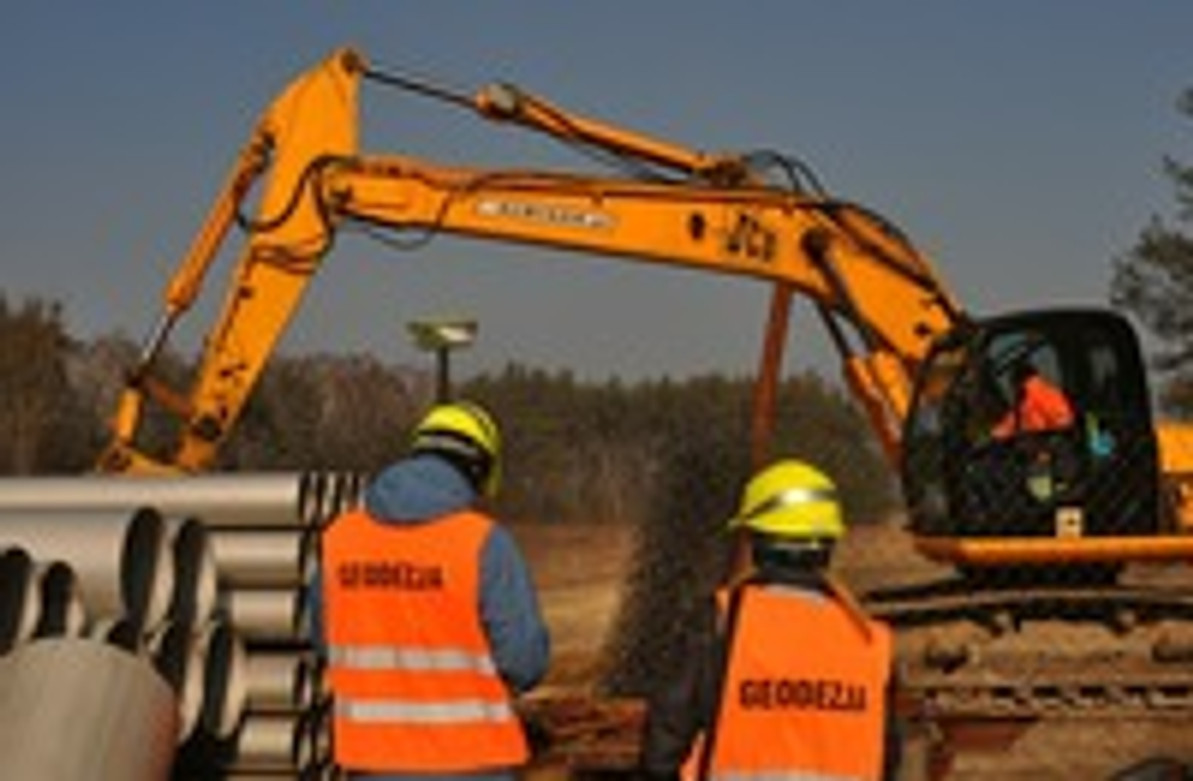OSHA Issues New Rule on Silica Exposure

The Occupational Safety and Health Administration (OSHA) has issued its final rule on silica exposure.
Exposure to respirable crystalline silica has been linked to a number of diseases and adverse conditions, ranging from lung cancer and silicosis to chronic obstructive pulmonary disease, kidney disease and more. Each year, hundreds of workers in the United States die as a result of silica exposure, attesting to the need for stronger regulatory action.
Crystalline silica is a naturally occurring mineral that is commonly found in sand, brick, mortar and similar materials. It is used in a vast array of industries and applications, although construction workers tend to have the highest levels of exposure. OSHA believes its new rule will save approximately 600 lives each year, while also preventing some 900 new cases of silicosis.
It's important to note that OSHA has issued two separate rules for silica exposure: one for the construction industry and another for all other industries. While there are subtle nuances between the different rules, they also share some common denominators, such as the following:
- Permissible exposure limits for crystalline silica set to 50 micrograms per cubic meter of air, over an 8-hour shift.
- Employers are now required to use engineering controls to keep workers' exposure to silica within the permissible exposure limits. Such practices may include wetting down job sites, vacuuming dust, and increasing ventilation.
- Employers must develop a written control plan, as well as offer medical exams to workers who have been exposed to silica.
- Employers must keep records of workers' exposure levels and medical exams.
"About 2.3 million workers are exposed to respirable crystalline silica in their workplaces, including 2 million construction workers who drill, cut, crush, or grind silica-containing materials such as concrete and stone, and 300,000 workers in general industry operations such as brick manufacturing, foundries, and hydraulic fracturing, also known as fracking. Responsible employers have been protecting workers from harmful exposure to respirable crystalline silica for years, using widely-available equipment that controls dust with water or a vacuum system," wrote OSHA."
What do you think of OSHA's new rule on silica exposure?
Recent Posts
-
Fire Safety in the Workplace: What You Need to Know
What steps are you taking to prevent fires in your workplace? According to the U.S. Occupational Saf …Aug 23rd 2023 -
Is It Safe to Go Jogging With a Cold Infection?
If you're suffering from a cold infection, you might be wondering whether it's safe to go jogging. T …Aug 22nd 2023 -
5 Safety Tips to Follow When Using a Powder-Actuated Tool
Powder-actuated tools are commonly used to join materials to steel and concrete. Also known as Hilti …Aug 20th 2023




